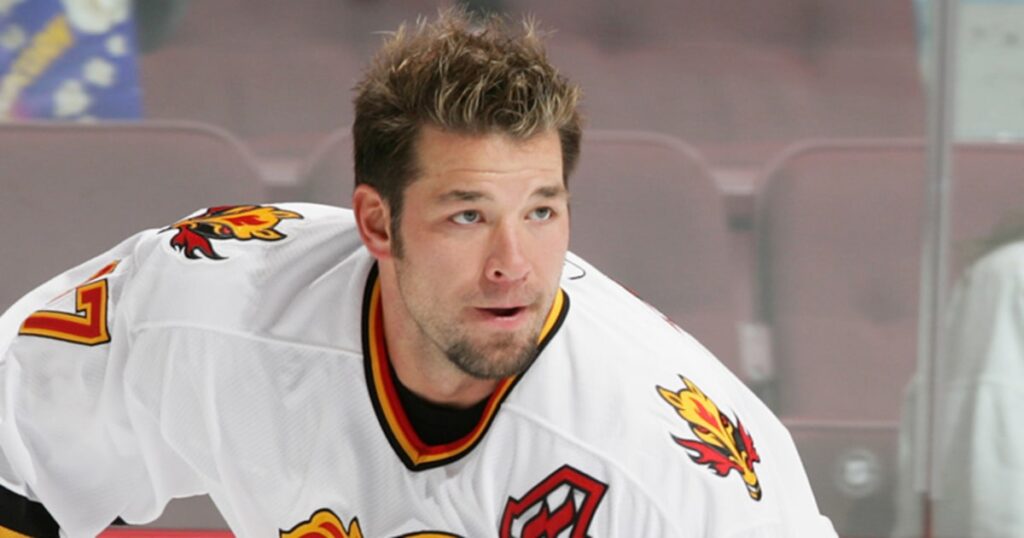The NHL loves its players and the positives they bring to the league: good publicity, lots of money, sponsors and fans. The league directly profits from its players and what they do on the ice — including the always popular fights that involve adult men punching one another in the face and bone-crunching hits that can smash players’ heads into the glass.
What happens when not one, not two, but numerous players die young, years after entertaining the NHL’s fans night after night?
But what happens after? What happens when a player gets a concussion from hitting his head one too many times and then gets another concussion a few weeks later? What happens when not one, not two, but numerous players die young, years after entertaining the NHL’s fans night after night? A 2023 study published in JAMA found that “NHL enforcers with 50 or more career fights or 3 or more penalty minutes per game died 10 years earlier and more often of drug overdose and suicide when compared with age-matched NHL player controls.”
The NHL sits back and shrugs, as if to say, “Too bad, but not our problem.”
But it is the league’s problem, and the league needs to be held accountable for what it allows to happen to its players.
Former NHL enforcer Chris Simon’s recent death by suicide at age 52 is, his family believes, another gut-wrenching example of the impact that chronic traumatic encephalopathy, or CTE, has had on professional hockey players. The NHL continues to insist, though, that there’s no link between playing in the league and CTE.
Although Simon hasn’t been confirmed as having suffered from CTE — a condition that can be diagnosed only posthumously — his family believes he struggled immensely from the condition. Simon spent 1992 to 2008 playing for eight teams across the NHL. His physical style of play was the star of the show. In 782 games, he racked up 1,824 penalty minutes and 111 fights.
Other former NHL enforcers and even non-enforcers have been found to have had…
Read the full article here





